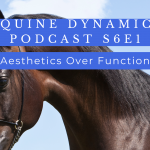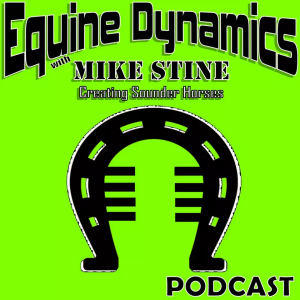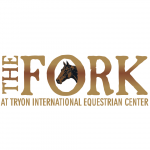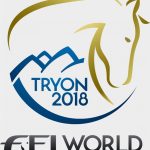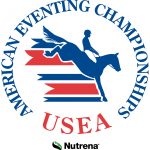Main Content
Horses Should be Retired From Old Age – Not Unsoundness
How I Help You Improve Your Horse’s Movement & Prevent Lameness
Your horse is on a consistent shoeing schedule. Your veterinarian gives him a lameness evaluation every year. You work with a saddle fitter every six months, and her teeth are perfect according to the equine dentist. You take a lesson with your trainer every week.
And yet…you and your horse don’t seem to be progressing. If your horse:
- Struggles with lateral work, especially in one direction…
- Is short-strided, but not lame…
- Has body asymmetry that hasn’t gone away despite doing the exercises your trainer recommends religiously…
- Develops constant quarter cracks or flares even though your ground is good and you have him on a balanced diet…
Then you’re probably dealing with a movement pattern issue.
I use a whole-horse approach to develop a trimming and shoeing strategy for your horse. How your horse is trimmed and shod affects more than your horse’s hooves and lower legs. It affects the whole horse – how he walks, trots, and canters, how he jumps, how his muscles develop.
What You’ll Get From a Focus on Biomechanics
You’ll gain a horse with improved balance who can more easily deal with competitive challenges. And, as your horse improves, you may also experience benefits like these:
- Your horse’s hoof wall changes shape as it grows down from the coronet band until you realize the quarter cracks have gone away…and haven’t come back
- Lateral movements are suddenly easier because your horse works more consistently in both directions
- Your position improves because you’re no longer compensating for the imbalance in your horse
- Your horse suddenly seems to move more easily under saddle
Corrective and Therapeutic Horseshoeing
When I come to your barn to shoe, I don’t just stick the horse in cross ties and pull out the rasp. I analyze your horse’s walk and trot in-hand, much like a lameness exam from a vet. I look at your horse from all angles to find asymmetries in his body and how he carries himself. And I ask questions about your goals. Then I use all of this information to determine how to best help your horse’s balance improve.
Find Out More
These Professionals Have Worked With and Recommend Me
“Mike is an accomplished farrier who has studied shoeing in relationship to the motion of horses and how it affects their motion. He has worked with some prominent farriers in the past, namely Tony Gonzales and Gene Ovnicek. There are three areas where I’ve had interaction with Mike. First, he has attended and contributed at our monthly practice’s Farrier Rounds over the past three years. He has also been helpful in setting up a program in our practice to try to evaluate odd gait irregularities, as well as shoeing these particular types of cases. Lastly, we’ve been involved in programs namely the Carolina Classic Horse Expo where we have talked about these gait irregularities. His lectures focused on how shoeing affects the normal and abnormal motion of horses. Mike is a good demonstrator who can speak to horse owners, farriers, and veterinarians about shoeing and it’s effect on gaiting.”
– Dr. Richard A. Mansmann, DVM, PhD, NC State University
“Mr. Stine’s expertise and professionalism as both a farrier and a clinician has drawn national recognition. He has demonstrated farrier skills that far surpass those of simply trimming and shoeing equines. His holistic approach begins with taking his subject horse’s movement and conformation into consideration prior to making any adjustments, and ultimately ends with a solution that is specific to the individual animal’s physiological needs.”
– Sarah Sealy, Equitana, USA
“Mike is a talented and experienced farrier who thinks outside the box, managing each horse (and even each foot) according to the individual’s needs. He is one of the few farriers worldwide who thoroughly evaluates the whole horse when devising a trimming and shoeing strategy. Mike has developed an interesting seminar that teaches horse owners and farriers about conformation and biomechanics in relation to horseshoeing. He’s even taught a few vets a thing or two about evaluating the whole horse. With his down-home style, practical approach, and simple visual aids, the audience quickly gains a fresh perspective on horseshoeing, balance, and movement, and a better eye for what constitutes a good shoeing job for that horse.”
– Dr. Christine King, DVM

